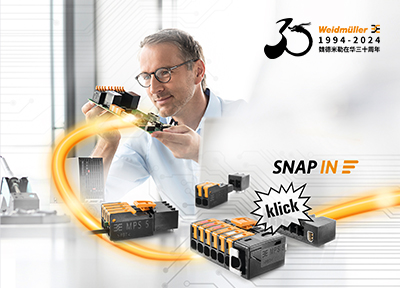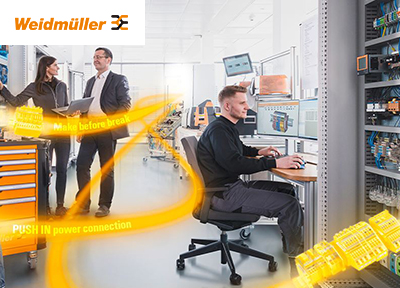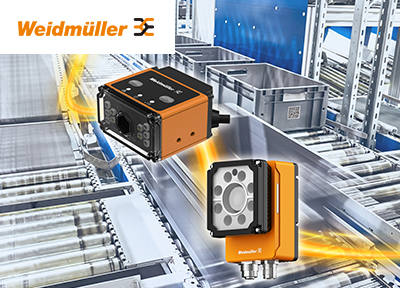Back in college, I learned that the ubiquitous proportional-integral-derivative (PID) control algorithm consists of three operators or terms acting on the error signal as shown in the “Theoretical PID algorithm” graphic. The Controller calculates the integral and derivative of the error between the process variable and setpoint控制工程网版权所有, then generates a control effort by adding those two quantities to the error itself. A user chooses the tuning parameters—proportional gain (P), integral gain (I) and

The corrective effort that a PID controller applieds to a process is the sum of the proportional action generated by the proportional term (top), the integral action generated by the integral term (middle), and the derivative action generated by the derivative term (bottom). The P控制工程网版权所有, I and D tuning parameters determind the relative contribution of each term. This arrangement is also described as the non-interactiong or independent algorithm since changing one tuning parameter does not affect the contributions of the other two terms.
I proceeded to write my first PID tutorial for Control Engineering assuming that commercial PID controllers work just that way. I soon learned that commercial PID controllers do compute the error signal, its integral and its derivative控制工程网版权所有, but they typically combine those three quantities using the standard form of the PID algorithm as shown in the “Standard PID algorithm” graphic. It accomplishes the same end result as the theoretical algorithm, but it uses a slightly rearranged PID equation with a different set of tuning parameters – controller gain (Kp), integral time (Ti) and derivative time (Td).
Potential for confusion
Fortunately, it's easy enough to compare the two algorithms and relate P控制工程网版权所有, I and D to K P控制工程网版权所有, T i and T d as follows:
P = Kp
I = Kp / Ti
D = Kp · Td
The proportional gain P is the same as the controller gain K P控制工程网版权所有, s


 在线会议
在线会议 论坛
论坛 专题
专题 工控直播
工控直播 新闻中心
新闻中心 子站
子站 技术
技术 社区
社区


 中控时间序列大模型TPT免费有奖体验
中控时间序列大模型TPT免费有奖体验 爱德克SE2L进阶版安全激光扫描仪有奖预约演示
爱德克SE2L进阶版安全激光扫描仪有奖预约演示 剑维软件电子半导体行业白皮书有奖下载
剑维软件电子半导体行业白皮书有奖下载 魏德米勒麒麟系列产品赋能本土工业
魏德米勒麒麟系列产品赋能本土工业 Fluke 283 FC 智能万用表震撼来袭
Fluke 283 FC 智能万用表震撼来袭





























